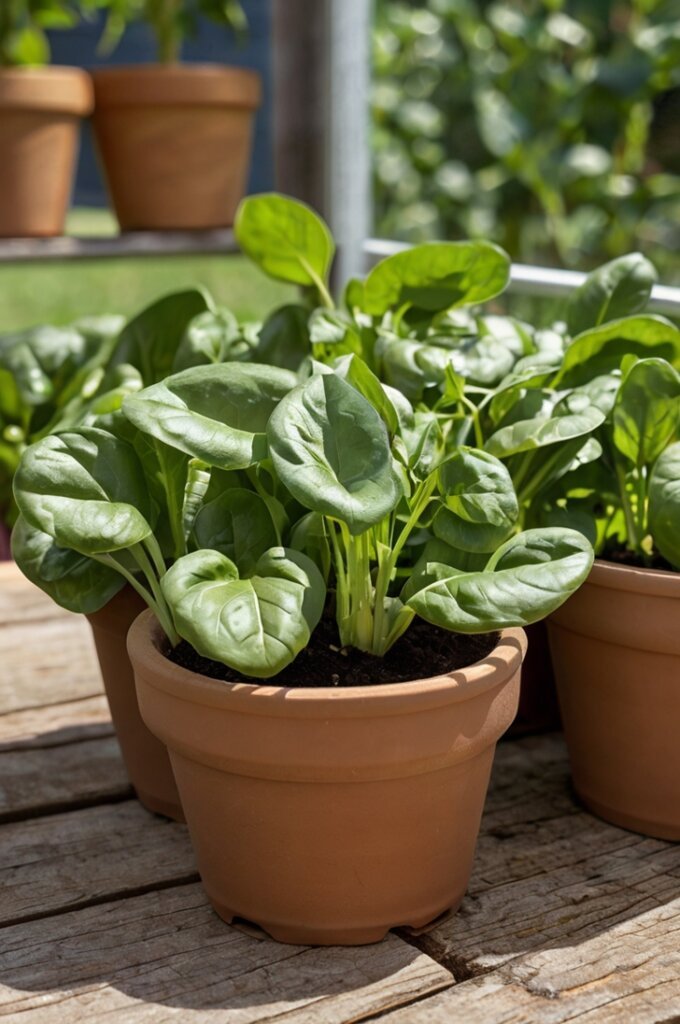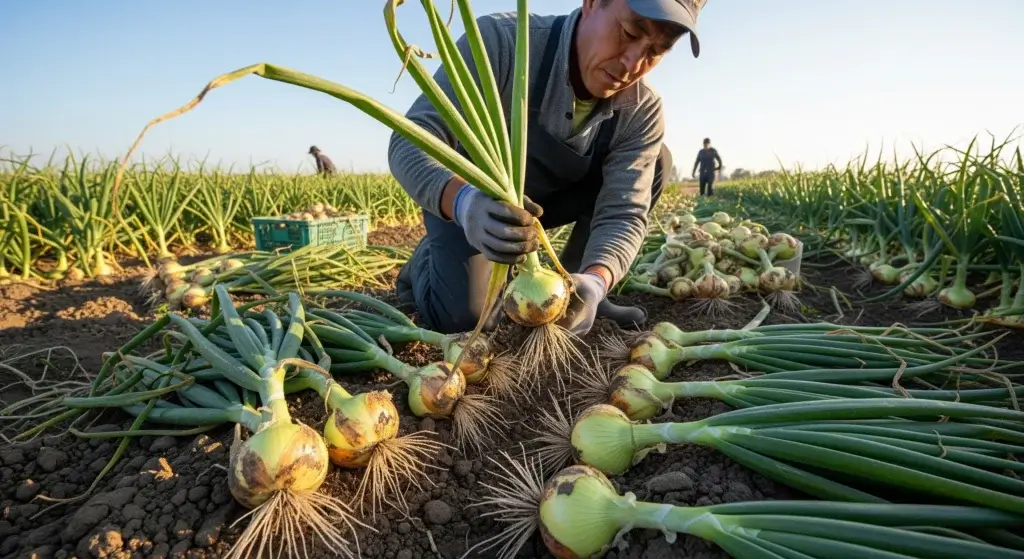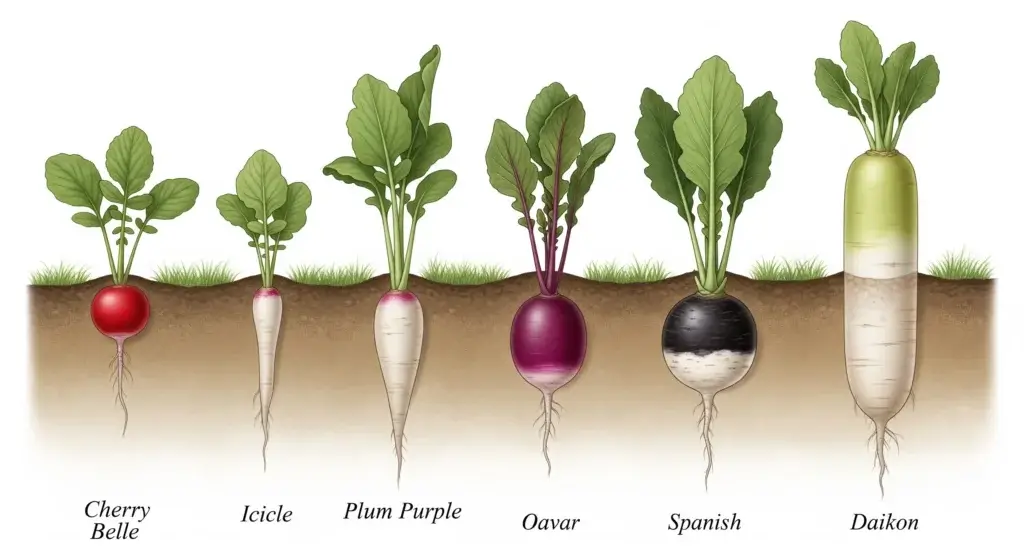
Spinach is a versatile and nutrient-rich green that loves cooler temperatures, making it an ideal choice for container gardening.
If you don’t have space for an outdoor garden or want to grow spinach on your balcony or patio, planting it in pots is a great solution.
This way, you can enjoy fresh greens right at your fingertips.
Plus, growing spinach in containers is easy to manage and doesn’t require a large garden bed.
Choosing the Right Containers
The container you select is crucial for the success of your spinach plants.
Since spinach has a shallow root system, choosing the right type of pot and ensuring proper drainage is essential for healthy growth.
Types of containers
You can grow spinach in various containers, such as plastic pots, terracotta, wooden boxes, or even grow bags.
The important thing is to pick a container that is deep enough to allow the roots to spread out.
Tip: A container depth of at least 6-8 inches is ideal for spinach, ensuring that the roots have room to develop properly.
Drainage holes
Good drainage is vital for spinach because its roots can rot if they sit in waterlogged soil.
Be sure your container has enough drainage holes to let excess water escape.
Fact: Research from the Journal of Horticultural Science (2020) shows that poor drainage is a leading cause of plant stress in container gardening, which can reduce your yield by 15-20%.
Container size
While spinach doesn’t need a lot of space, it’s still important to provide enough room for each plant to grow.
For the best results, choose a container that is at least 12 inches wide, and space your seeds or seedlings about 3-4 inches apart.
Statistic: A standard-sized pot (about 12 inches in diameter) can comfortably support 3-4 spinach plants.

Preparing the Soil
To help your spinach thrive, it’s important to prepare the soil properly.
Spinach is a heavy feeder, which means it requires nutrient-rich soil to grow well.
Taking the time to prepare the soil before planting ensures that your spinach has access to the nutrients it needs from the start.
Soil composition
The best type of soil for growing spinach is well-draining, loamy soil that is rich in organic matter.
You can either buy a high-quality potting mix or make your own by combining garden soil with compost.
Tip: Aim for a soil pH between 6.0 and 7.5. If you’re unsure about the pH of your soil, you can test it using a home soil test kit, which you can find at most garden centers.
Moisture retention
Spinach prefers soil that is consistently moist but not soggy.
To help retain moisture in the soil, mix in organic materials like compost or peat moss.
This not only helps keep the soil moist but also improves its structure and nutrient content.
Fact: Research from the American Society for Horticultural Science (2019) shows that adding compost can improve soil moisture retention by up to 30%, resulting in healthier spinach plants.
Fertilization options
Spinach is a fast-growing plant that benefits from regular feeding.
You can choose either organic or inorganic fertilizers, but make sure to select one that promotes leafy green growth, ideally with a high nitrogen (N) content.
Organic fertilizers
Options like compost, worm castings, or a balanced organic fertilizer work well for spinach.
Apply compost before planting and side-dress with it every few weeks as the plants grow.
Inorganic fertilizers
If you prefer using commercial fertilizers, look for one with an N-P-K ratio of 10-10-10 or 5-10-5.
Apply it lightly at planting time and every three weeks during the growing season.

Planting Seeds
Now that your container and soil are ready, it’s time to plant your spinach.
You have the option to start with seeds or use seedlings from a nursery, but many gardeners find starting with seeds to be more rewarding because it allows you to control the entire planting process from the beginning.
How to plant spinach seeds
- Sow the seeds: Plant the spinach seeds directly into the soil, about ½ inch deep. This depth gives the seeds a good start while still allowing them to reach the surface easily.
- Space the seeds: Place the seeds 3-4 inches apart. If they end up being too close together, you can always thin them out later.
- Cover and water: Lightly cover the seeds with soil and water them gently to moisten the top layer. Be careful not to wash the seeds away.
Spinach seeds usually germinate in about 5-10 days, provided the soil stays moist.
You should start to see little seedlings sprouting soon, which is always an exciting moment for any gardener!
Ongoing Care
After planting your spinach, it’s crucial to provide ongoing care to ensure it grows strong and healthy.
Spinach thrives in cooler weather, so managing watering, companion planting, and being aware of common issues is key to a successful harvest.
Watering schedule
Spinach requires consistent moisture but be careful not to overwater.
A good rule of thumb is to water your spinach plants 2-3 times a week, adjusting based on the weather conditions.
Always check the soil before watering; if the top inch feels dry, it’s time to give them some water.
Fact: Research published in the Plant Physiology Journal (2018) found that under-watering spinach can reduce the size of the leaves and overall yield by up to 40%. Keeping the soil moist is essential for producing large, tender spinach leaves.
Companion planting
Planting spinach alongside certain vegetables and herbs can help protect it from pests and improve the overall health of the soil.
Some excellent companions for spinach include:
- Radishes
- Lettuce
- Cabbage
- Herbs like basil and dill
However, it’s best to avoid planting spinach near potatoes, as they can compete for nutrients and hinder its growth.

Common issues prevention
While spinach is generally easy to grow, it’s important to keep an eye out for common problems like pests and diseases.
Here are a few issues to watch for:
Aphids and leaf miners
These pests can cause damage to spinach leaves.
You can control them using natural insecticidal soap or by attracting beneficial insects like ladybugs to your garden.
Bolting
Spinach can bolt (go to seed) in hot weather, which is something you want to avoid.
To prevent this, provide some shade for your plants during warmer days and consider planting bolt-resistant varieties of spinach.
Final Thoughts
Growing spinach in pots is a rewarding and easy way to enjoy fresh, homegrown greens without the need for a large garden.
By choosing the right container, preparing the soil carefully, and following a proper care routine, you can have a successful spinach harvest in no time.
Container gardening allows you to control the growing environment and can even extend the growing season by moving pots indoors or into shaded areas.
Whether you’re a beginner or experienced gardener, spinach is a great choice for a productive and nutrient-dense crop.
FAQs
Spinach typically takes about 40-50 days from planting to harvest. Baby spinach leaves can be harvested earlier, within 20-30 days.
Spinach needs at least 6-8 inches of soil depth to allow for proper root development.
Yes, spinach grows well indoors as long as it receives 6-8 hours of sunlight or supplemental grow lights.
If your spinach starts to bolt, it’s best to harvest the remaining leaves as quickly as possible. To prevent bolting, try growing spinach in cooler temperatures and providing shade during warm periods.
Fertilize spinach at planting and then every 3-4 weeks during the growing season, using either organic compost or a balanced fertilizer.



